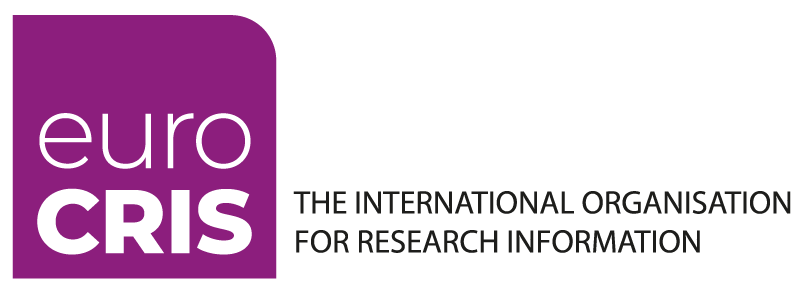DRIS+ Project: Enhancing the euroCRIS Directory of Research Information Systems (DRIS)
The DRIS+ project aims to enhance the euroCRIS Directory of Research Information Systems (DRIS) and make it automatically searchable via a dedicated API. This will support the process for CRIS systems to become OpenAIRE-compliant data providers and simplify the process for harvesting their metadata.
Please feel free to send us the details for your system using the DRIS form.
Background
The euroCRIS initiative to build a Directory of Research Information Systems (DRIS) was launched in February 2012 at a euroCRIS meeting at UKOLN in Bath as part of an attempt to map the quickly growing CRIS infrastructure in the UK in the wake of the REF2014 research assessment exercise. The initiative saw a limited uptake (around 50 records) in the following years due to a number of challenges:
- A swiftly changing landscape made it difficult to keep existing entries updated;
- There was a limited reaching out to institutions in order to collect their CRIS data;
- The complexity of the CRIS description form made it difficult for a single person at an institution to provide all the requested details;
- No services were envisioned or built on top of the DRIS
The DRIS was originally conceived as a service for euroCRIS members, with a specific DRIS record being internally linked to the record for the euroCRIS member institution and the contact person (the CRIS manager) within it. This inevitably meant that most CRIS implementations were actually out of scope for the exercise, since the organisations behind them were not euroCRIS members.
Only in early 2018 the decision was made to leave behind the concept of the DRIS as a service to euroCRIS members. This opened the door to its expansion via the simplification of the metadata collection process. A minimally sufficient set of metadata elements was defined in order for the record identifying a specific CRIS system not to get out of date in a short time. A process was then started to include as many entries as possible in the directory and to rely on the euroCRIS membership meetings to collect comprehensive listings for the available CRIS systems in the countries where these meetings took place. This exercise in community engagement was first put in practice at the Nov 2018 euroCRIS meeting in Warsaw, where a presentation was delivered at a specific interest group meeting describing the new approach and inviting participants to provide their feedback and also their data.
An expanded DRIS with 242 then 416 entries was presented at the two euroCRIS membership meetings in 2019 (Helsinki in May, Münster in November). At the time of writing (Mar 2020) the number of DRIS records has climbed to 637. The DRIS snapshot is not yet fully comprehensive, but the community engagement allows a much more effective data collection.
At the same time, the recent progress in the implementation of the CERIF-XML Guidelines for CRIS and the gradual harvesting of CRIS metadata feeds by OpenAIRE has provided a very useful business case for the DRIS, which can be used for CRIS automated identification. The aim would be to replicate the role played by directories like OpenDOAR and Re3data in the automated identification and registration of literature and data repositories to be harvested by OpenAIRE.
The DRIS+ objectives are thus to keep expanding and improving the DRIS. The main improvement involves adding an API on top of the DRIS so that OpenAIRE can automatically retrieve data for specific CRISs at validation stage via a request to the DRIS API. Other improvements include adding geolocation to DRIS entries and potentially using DOIs as persistent identifiers for DRIS records. The ultimate goal is to significantly grow the number of CRIS systems harvested by OpenAIRE, adding valuable contextual metadata to its Research Graph and enhancing its services to a number of stakeholders including research funders.


